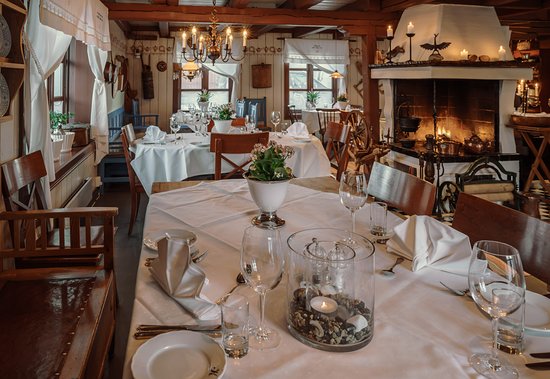Northern Norway
WELCOME TO Northern Norway
County Overview
Tromsø
113,819 km2
489,000
Norwegian
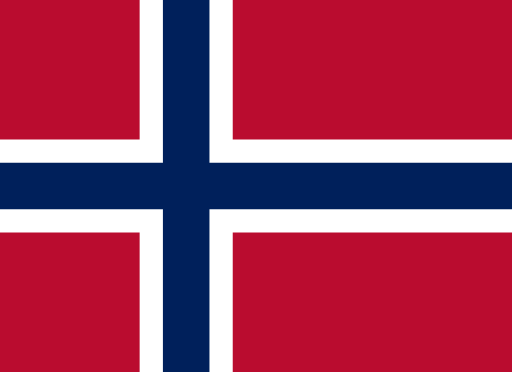
Popular
Geography and Tourist Attractions
Information about the province's tourist attractions, including popular destinations, events, and activities.
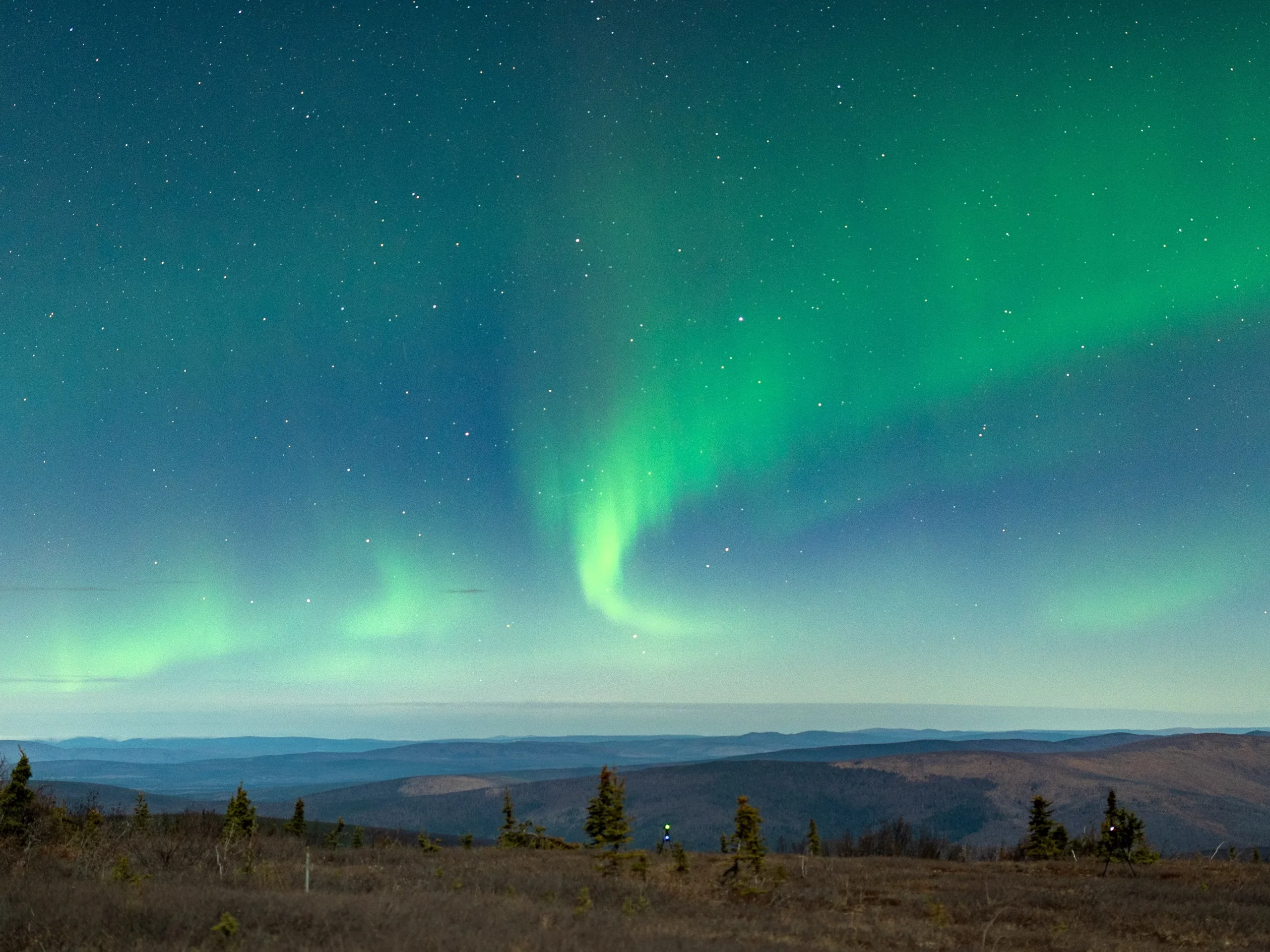
The Northern Lights
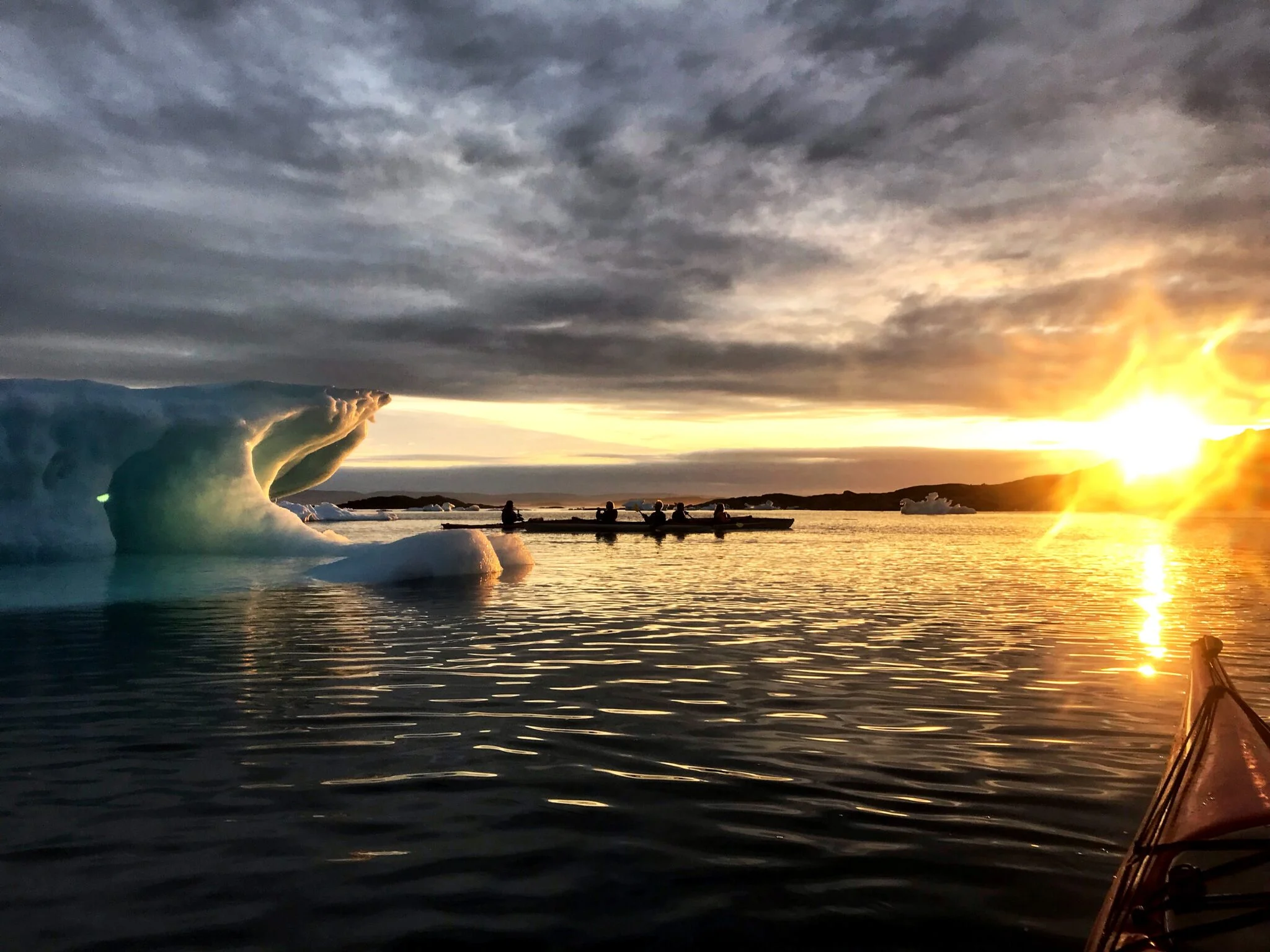
The Midnight Sun
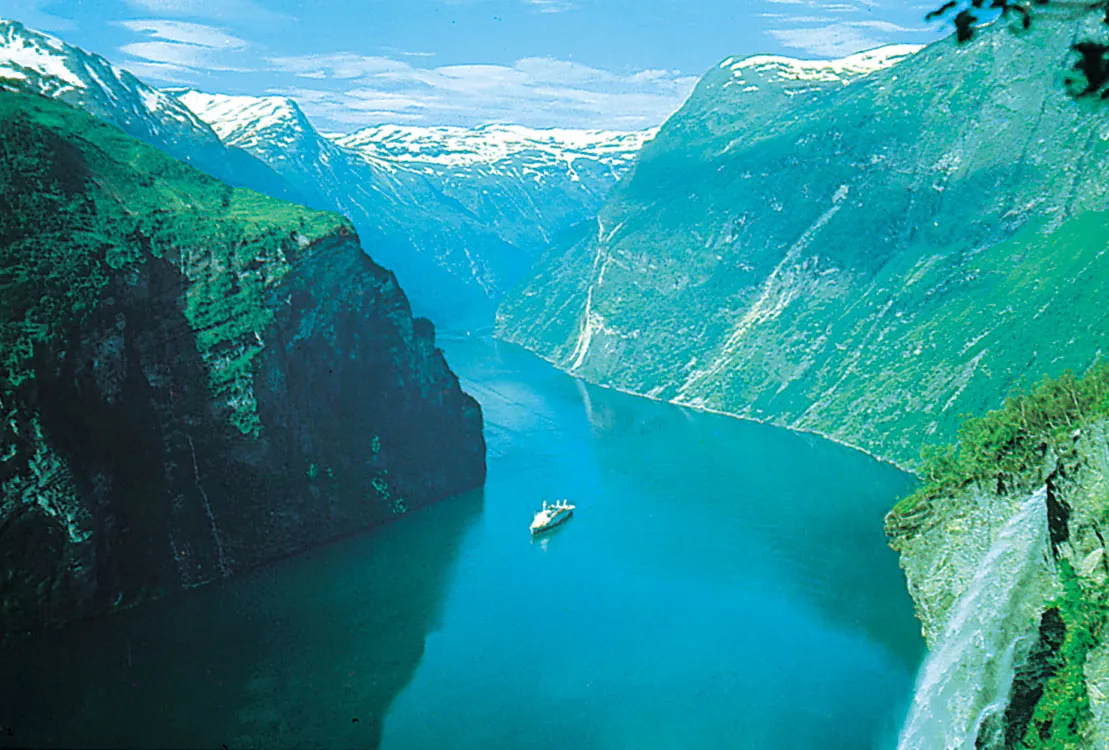
Fjords
Political
Economy and Government
The economy of Northern Norway is primarily based on the fishing and aquaculture industries, as well as tourism, oil and gas, and mining. The region has vast natural resources and is strategically located near the Arctic, making it an important area for exploration and development. The fishing and aquaculture industries are particularly significant, with Northern Norway being one of the largest producers of seafood in Europe.
The government of Northern Norway is represented by the county councils of Nordland, Troms, and Finnmark, which are responsible for regional development and public services in their respective counties. The counties also work closely with the national government in Oslo to coordinate policies and funding for the region.
Northern Norway is home to many indigenous Sami people, who have their own autonomous government, the Sami Parliament. The Sami Parliament is responsible for promoting and protecting the rights of the Sami people, as well as preserving their culture and language.
Overall, the government and economy of Northern Norway are closely linked, with the government playing a key role in promoting economic development and providing public services to support the region's industries and communities.
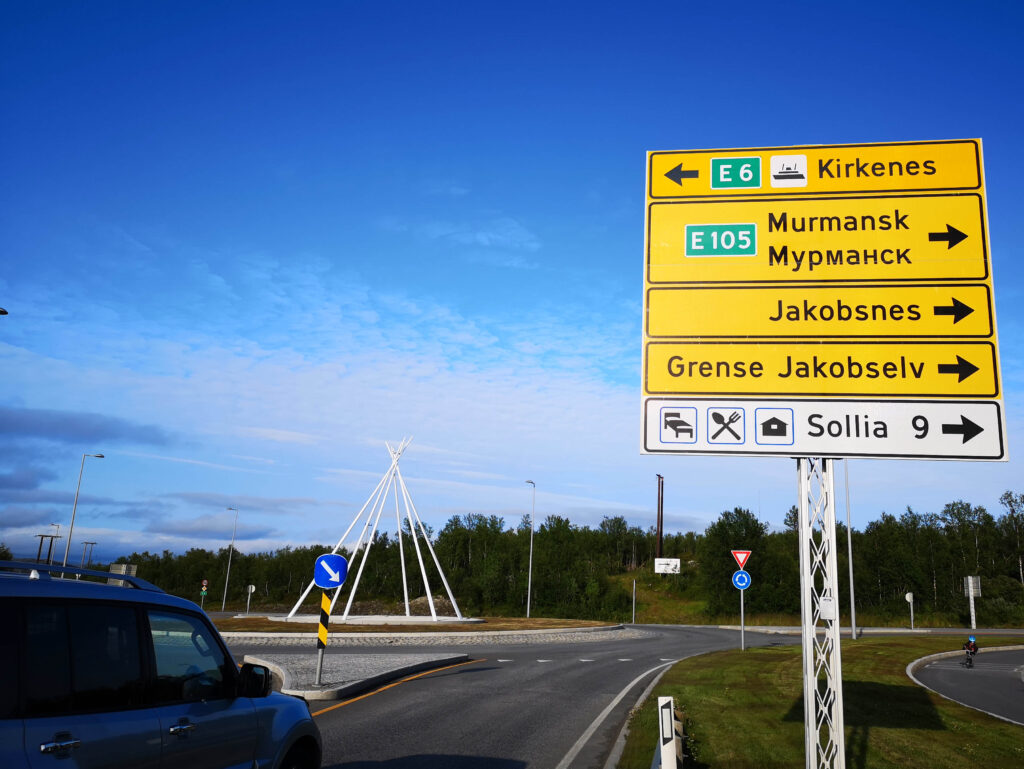
History
History and Culture
The history and culture of Northern Norway are shaped by its rugged landscape, Arctic climate, and indigenous Sami population. The region has a rich history dating back thousands of years, with evidence of human settlement found in ancient rock carvings, burial mounds, and Viking artifacts.
The Sami people have lived in Northern Norway for centuries, relying on reindeer herding, fishing, and hunting for their livelihoods. Their traditional culture and language have been influenced by both Norse and Finnish cultures, as well as the natural environment of the region.
In more recent history, Northern Norway played a significant role in World War II as a strategic location for the German military. The region was the site of numerous battles and military installations, and many of its cities and towns were heavily damaged during the war.
Today, Northern Norway is known for its vibrant cultural scene, with festivals, museums, and art galleries showcasing the region's unique history and traditions. The Sami culture is celebrated through music, dance, and traditional handicrafts, while modern art and design reflect the region's natural beauty and contemporary influences.
Overall, the history and culture of Northern Norway are deeply intertwined with its landscape, climate, and diverse communities, making it a fascinating and dynamic region to explore.
HOTELS

Clarion Hotel The Edge
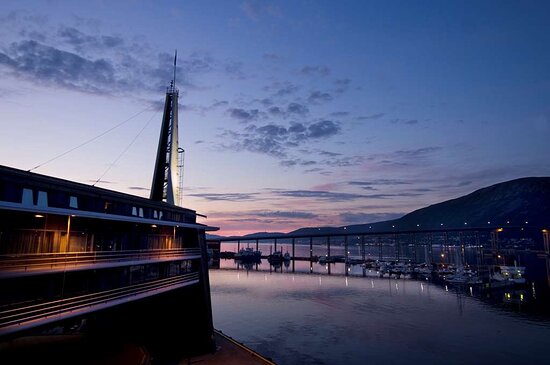
Scandic Ishavshotel
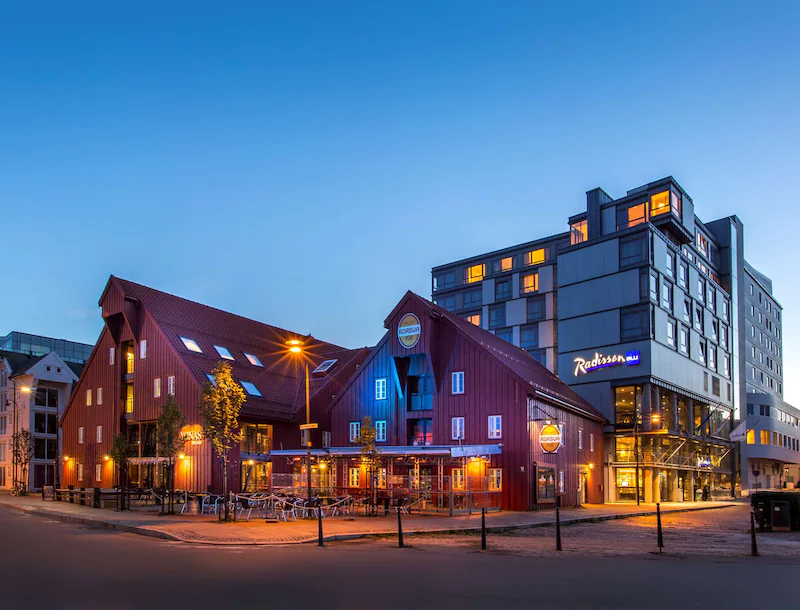
Radisson Blu Hotel, Tromsø
RESTAURANTS
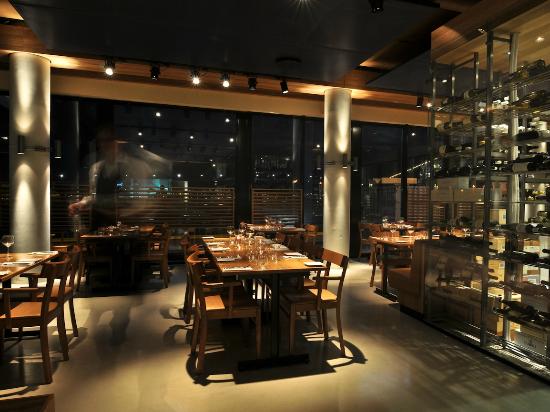
Fiskekompaniet

Restaurant Huset
